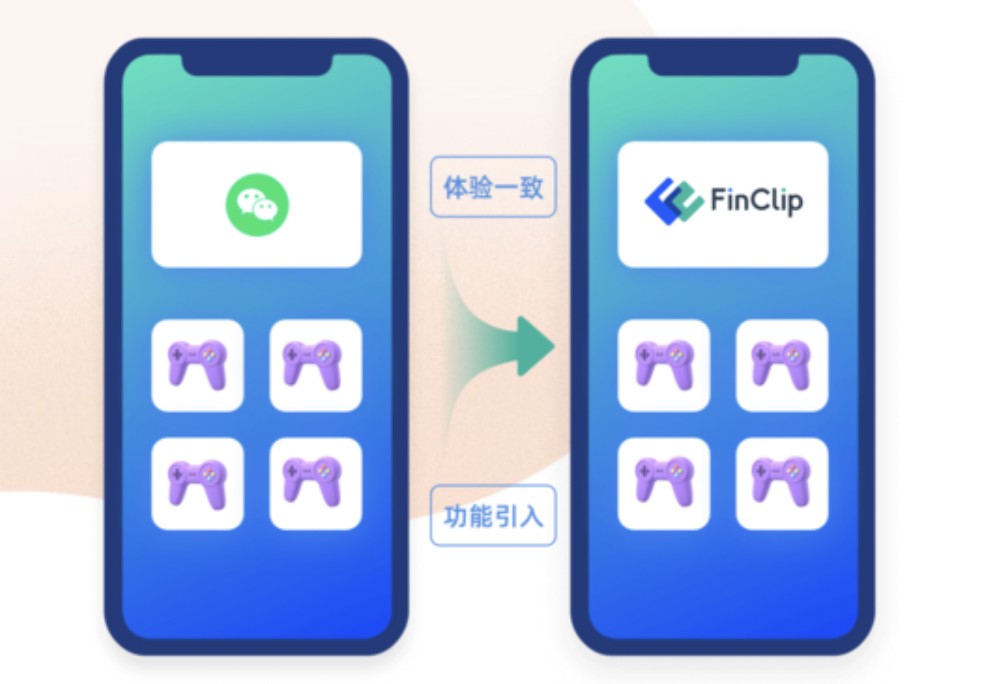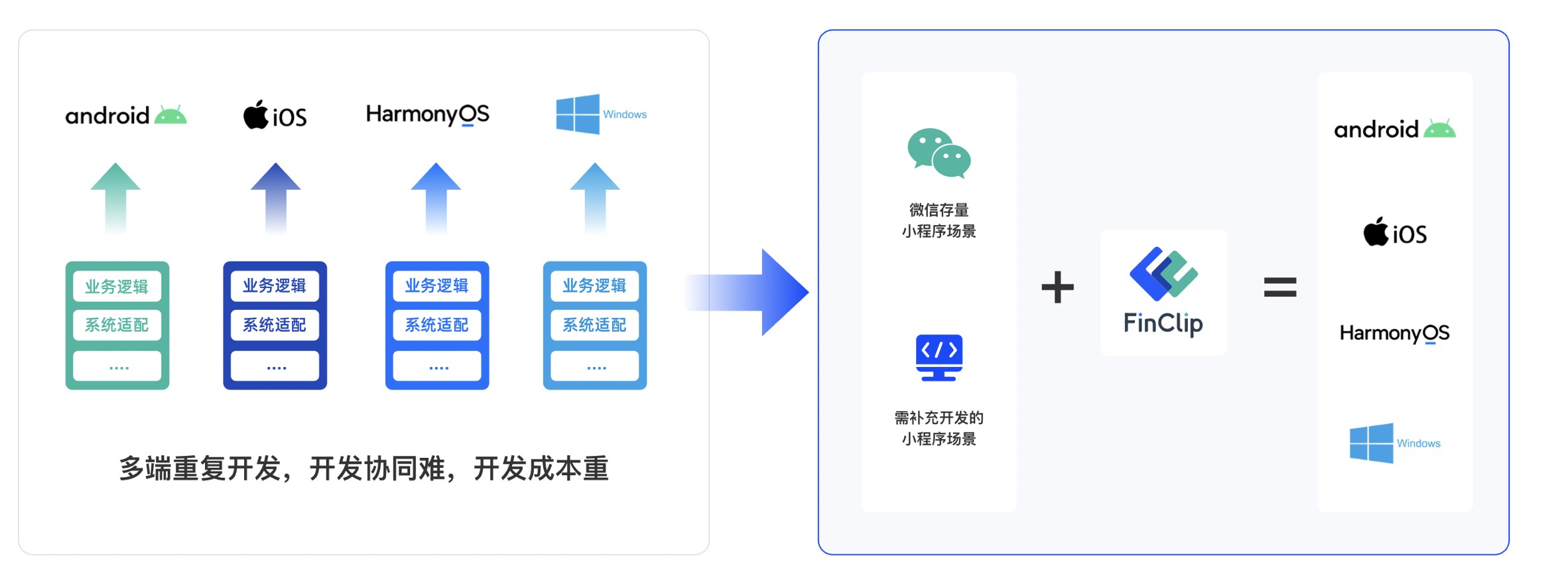
Easy-Compressor 简单、易用的 Android 图片压缩框架
Easy-Compressor 简单、易用的 Android 图片压缩框架

An easy to use image compress library for Android
中文版
This project is mainly designed based on the Android image compress API. Also, it provided two image compress implementions based on open souce libraries Luban and Compressor. In this library, it provided interfaces for multiple and different types of image source and result -- file, byte array, bitmap etc. It provided sync and async API to meet more circumstances. And it put forward the struture so that you can easily and conveniently switch from different strategys mentationed above.
1 Background: Open source image libraries
Now, on github, here are maily two image compress libraries for Android witch has a large number stars, namely, Luban and Compressor. But both of these libraries has their pros and cons. Here we made the table below:
| Library | Strength | Weakness |
|---|---|---|
| Luban | Based on the algorithm of WeChat | 1. can't make an exact output image size;2. based on AsyncTask, do not support RxJava; 3. support only one image source type |
| Compressor | 1. can make an exact output image size; 2. support RxJava | 1. support only one output size strategy, if you have special requirement, you have to change the source code; 2. support only one image source type |
Above, we summarized two most welcome libraries on Github. As we talked above, we want to design an libraries witch combine the strengths and discard the weakness of them. Next we will show the function and features of our library.
2 Functions and features
Now lets show you the functions and features of our library:
Support Luban: As mentationed, it provided an algorithm based on WeChat. Except that, you can also use Compressor to get more features. Support Compressor: This strategy combined three Android image compressed methods, so you can get an exact output image size. Expecially, we, in our library, strengthend them and provided more options to support more circumstances. Support RxJava callback: By RxJava, you can specify thread of async tasks and result callback. In this library, we provided a Flowable object, you can use it to processed later. Support AsyncTask callback: Except RxJava, you can also use AsyncTask to run background task, and get the result in main thread from callback. Support synchronous APIs: Sometimes, synchronous APIs can be more useful. For example, you want to make an custom call, run and get the result of task all in current thread. To meet this requirement, we provided synchronous APIs. Support kotlin coroutines: Now you can use the library in kotlin coroutines. Support more image sources types: Most of the liraries, the required image type was File. But when we got the image data from camera APIs, it turn out to be byte array. So in other libraries, you have to transfer data from byte array to File. That means you have to write data to file system, witch no doubt may lower the performance of your application. Currently, our library support image source types include File, byte array, file path and Bitmap. Support more image result types: Sometimes, when we got the compressed result, we have to process it later. In Android, we use Bitmap. So in this circumstance, it's better to get Bitmap than File. So, to meet this requirement, we provided result type of Bitmap. Provided custom interfaces: Except algorithms above, we also provided user custom interfaces. We built an structure so that user can easily and conveniently switch from different strategys. And a builder chain for user to elegantly call this library. More: To get more features and functions about this library, you can install our sample APK to get more informations.
3 Usage
3.1 Introduce our library in Gradle
It's convenient to introduce our lirary in your project. First, add jcenter repository in your project:
repositories { jcenter()}
Then, add our library in your dependency:
implementation 'me.shouheng.compressor:compressor:latest-version'
3.2 Use our library
In this article, we will show you some main points. For details, please install our sample App.
First, you should use the static methods of Compress to get a an instance of it, which is all magic begins. It has three different factory methods:
// Factory 1: Use File to get Compress instance val compress = Compress.with(this, file) // Factory 2: Use byte array to get Compress instance val compress = Compress.with(this, byteArray) // Factory 3: Use Bitmap to get Compress instance val compress = Compress.with(this, bitmap)
Then, you can call methods of Compress to config image options:
compress // Sepcify image quality .setQuality(60) // Specify output directory .setTargetDir(PathUtils.getExternalPicturesPath()) // Specify callback of result .setCompressListener(object : CompressListener { override fun onStart() { LogUtils.d(Thread.currentThread().toString()) ToastUtils.showShort("Start [Compressor,File]") } override fun onSuccess(result: File?) { LogUtils.d(Thread.currentThread().toString()) displayResult(result?.absolutePath) ToastUtils.showShort("Success [Compressor,File] : $result") } override fun onError(throwable: Throwable?) { LogUtils.d(Thread.currentThread().toString()) ToastUtils.showShort("Error [Compressor,File] : $throwable") } })
These are basic confiurations of Compress, by comments, you can find out meanings of every method.
As above, we got a Compress oject. Then we could specify image compress strategy. Take Compressor strategy as example, we could use Strategies.compressor() to get instance of this strategy:
val compressor = compress // Specify strategy .strategy(Strategies.compressor()) .setConfig(config) // Set desired output width and height .setMaxHeight(100f) .setMaxWidth(100f) // Set desiged output scale mode .setScaleMode(scaleMode)
Below is the process of getting image compress result. As mentationed, for File and Bitmap type results. The default result type is File, to get Bitmap, you need to call asBitmap() of Compressor.
To finally get the result you have three options:
// Option 1: Use AsyncTask to run task and listener to get result compressor.launch() // Option 2: To transfer result to Flowable and use RxJava to specify thread and get result val d = compressor .asFlowable() // Specify thread .subscribeOn(Schedulers.io()) .observeOn(AndroidSchedulers.mainThread()) // Subscribe and get result .subscribe({ ToastUtils.showShort("Success [Compressor,File,Flowable] $it") displayResult(it.absolutePath) }, { ToastUtils.showShort("Error [Compressor,File,Flowable] : $it") }) // Option 3: Use async and blocking API to get result in current thread val resultFile = compressor.get() // Option 4: Get the result using kotlin coroutines GlobalScope.launch { val resultFile = compressor.get(Dispatchers.IO) }
If you want to use another strategy, you can simply use Strategies.luban() instead of Strategies.compressor() to switch. Excpet these two provided strategies, you can also make a custom strategy by implementing interface.
So, the full code will be:
val compressor = Compress.with(this@MainActivity, file) .strategy(Strategies.compressor()) .setConfig(config) .setMaxHeight(100f) .setMaxWidth(100f) .setScaleMode(scaleMode) .asBitmap() .asFlowable() .subscribeOn(Schedulers.io()) .observeOn(AndroidSchedulers.mainThread()) .subscribe({ ToastUtils.showShort("Success [Compressor,Bitmap,Flowable] $it") displayResult(it) }, { ToastUtils.showShort("Error [Compressor,Bitmap,Flowable] : $it") })
Elegant, isn't it?
3 More
3.1 About project
We are glad if you could contribute to this project. Here, we provied more about our project to help you:
Library structure: https://processon.com/view/link/5cdfb769e4b00528648784b7Android compress APIs and this library introduction: 《开源一个 Android 图片压缩框架》Sample APK: app-debug.apkRelease Log
3.2 About Author
Visit the links below to get more information about author:
Twitter: https://twitter.com/shouheng_wangGithub: https://github.com/Shouheng88Juejin:https://juejin.im/user/585555e11b69e6006c907a2aJianShu: https://jianshu.com/u/e1ad842673e2
Donate
License
Copyright (c) 2019-2020 CodeBrick.Licensed under the Apache License, Version 2.0 (the "License");you may not use this file except in compliance with the License.You may obtain a copy of the License at http://apache.org/licenses/LICENSE-2.0Unless required by applicable law or agreed to in writing, softwaredistributed under the License is distributed on an "AS IS" BASIS,WITHOUT WARRANTIES OR CONDITIONS OF ANY KIND, either express or implied.See the License for the specific language governing permissions andlimitations under the License.
版权声明:本文内容由网络用户投稿,版权归原作者所有,本站不拥有其著作权,亦不承担相应法律责任。如果您发现本站中有涉嫌抄袭或描述失实的内容,请联系我们jiasou666@gmail.com 处理,核实后本网站将在24小时内删除侵权内容。
发表评论





暂时没有评论,来抢沙发吧~